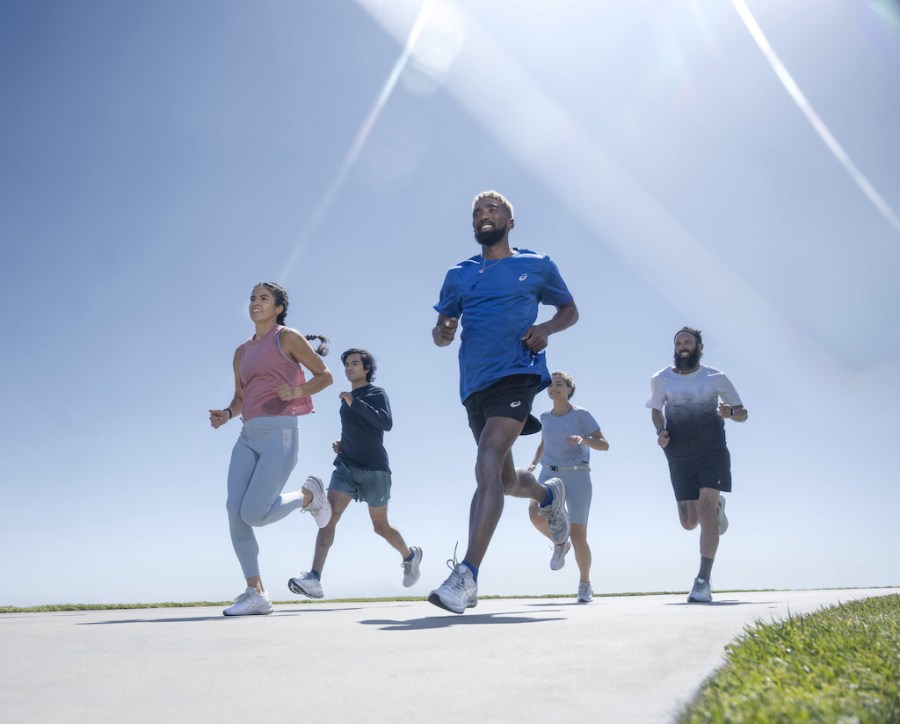As the ASICS World Ekiden 2021 reaches its midway stage, running author Adharanand Finn explains what this Japanese relay format is all about.
Split into six legs of varying distances, (three of 5k, two of 10k and one of 7.2k) ASICS’ virtual race sees teams pass a digital tasuki between them as they run a combined virtual marathon.
Last year’s inaugural event brought together over 56,000 people from 179 different countries.
By signing up this year, teams will also raise money for mental health charity Mind.
What is an ekiden?
- Long-distance relay races called ekidens are among the most popular sporting events of the year in Japan, with the Hakone Ekiden on 2-3 January being the country’s biggest annual sporting event.
- Ekidens can range in size and distance, from five short 1k legs, to ekidens that cover hundreds of miles and with teams of over 20 runners.
- The Hakone Ekiden is only for university teams in the Kanto region around Tokyo. Despite that, each year it pulls in a huge TV audience of over 30%, and over a million spectators come out to watch the race from the roadside. The two-day ekiden sees ten male runners in each team traversing a route of around 125 miles from central Tokyo to the foot of Mount Fuji and back.
- Instead of a baton, ekiden runners pass a sash called a tasuki from person to person. The tasuki is highly symbolic and represents the team’s unity and togetherness.
- A common tactic in ekiden races is to put the fastest runners on the first legs in the belief that being nearer to the front will inspire the later runners to greater performances.
- The first ekiden was held in 1917 and was run from Kyoto to Tokyo to celebrate Tokyo’s 50th anniversary as the new capital of Japan.
- Ekiden is based on Japan’s ancient foot messenger service, in which runners would relay a message from one station to the next, where it would then be carried on by another messenger to the next station. Eki is the Japanese word for station and den means to transmit.
- Corporate ekiden teams such as Toyota and Honda employ runners and pay them a salary to train and compete for the company team, making Japan’s ekiden men and women the world’s only salaried road runners. In the rest of the world, professional runners must survive on sponsorship, appearance fees and prize money.
- The importance of ekiden, and the need to have teams with sufficient numbers to cover all the stages, means there are around 2,000 professional long-distance road runners in Japan – way more than any other country on Earth.
- As a result of the professionalism and popularity of ekiden – and also marathon running – Japanese runners are amazingly fast. While not quite as strong as the Kenyans and Ethiopians, they are generally way ahead of the rest of the world. In the Lake Biwa marathon in February 2021, for example, 41 Japanese men ran quicker than 2hours 10mins for the marathon – in one single race. Only 21 US men (and 17 British men) have EVER run that fast.

The ASICS World Ekiden Relay 2021 runs from 10-22 November. This Japanese-inspired relay race gives you the chance to team up with your friends and complete the iconic marathon distance together. To find out more head to asics.com/gb/en-gb/mk/asics-world-ekiden







